Newly Renovated, Bergdorf Goodman Courts The Ladies Who Instagram
To visit the remodeled ground floor of the Fifth Avenue department store Bergdorf Goodman is to float on a pearly cloud of luxury dreams. An ordered landscape of designer handbags rises up from the gray marble floors, backlit and aglow. Restored chandeliers, princess-worthy and heavy as diamonds, dangle from the ceiling. Gentle waves of women come and go, talking of Michelangelo. Before long you are gone for this world, lost in the embrace of cashmere and suede.
With the gleaming redesign of the street-level main floor of its women’s store, which opened last Tuesday in time for New York Fashion Week, Bergdorf has spared no expense to offer its customers a dose of fashion fantasy. The question is whether that approach will translate into sales. (The retailer, which is owned by the Neiman Marcus Group, declined to disclose how much the renovation cost.)
“We are only one store in the world,” says Linda Fargo, senior vice president for women’s fashion and store presentation, as we walk with Bergdorf president Joshua Schulman past Dior handbags and Chanel jewelry on a recent tour. “We want to fulfill the dream of what this should be.”
It may seem counterintuitive, but New York has become a magnet for high-end retail at the very moment when department stores in malls across the country are struggling to survive. Neiman Marcus is opening a flagship on the west side of Manhattan in 2018, and Nordstrom plans to follow suit in 2019. Barneys opened a downtown store, complete with barber shop, in February. And Saks, which is undertaking a $250 million renovation its Fifth Avenue flagship, opened a women’s store in the Brookfield Mall abutting the World Trade Center last month. All told, New York is poised to absorb more than 1.5 million square feet of new retail space over the next few years.
Bergdorf’s overhaul of its ground floor portends the type of strategies that its competitors will likely use in order to grow sales and justify the cost of their premium real estate. Most obvious to customers are architectural features designed for social sharing.
Schulman walks toward the oversize window overlooking Central Park, between leather handbag displays. “We think this is going to become one of the great Instagram sites in New York City,” he says. “We love seeing the fountain; even the hot dog truck gives you such a sense of place. There’s only one Bergdorf Goodman, only in New York.” (Barneys adopted a similar approach at its new Chelsea store, where an Instagram-friendly spiral staircase steals the show.)
Other design features are more subtle. For example, many of the new spaces now follow an “open sell” model. Counters have no front or back, and no glass doors, freeing sales associates to float around the room and customers to explore and inspect. “The product is much more accessible,” Schulman says.
In the background, relationship management technology ties the offline customer to a digital profile that sales associates can use to view past purchases and send messages. The store’s online and offline inventories, once separate, are now combined.
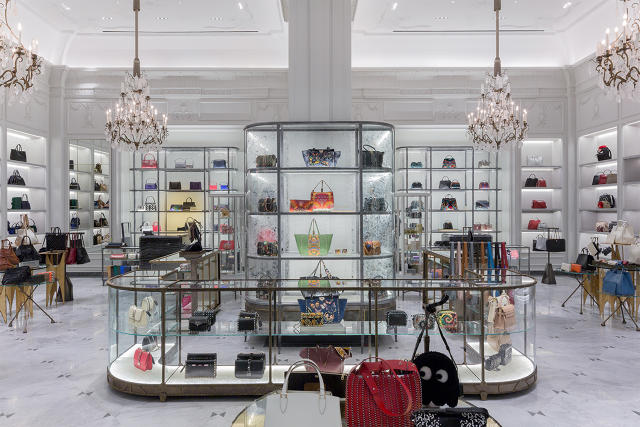
But in the end, Bergdorf’s primary advantage may be that it has never drifted downmarket. While direct competitors like Saks have shifted toward the mainstream and American brands like Ralph Lauren have lost their cachet, Bergdorf remains a luxury brand, deeply connected to the sisterhood of its loyal ladies of leisure. Fargo in particular, with her attention to detail, knows how to make visiting the store feel like entering a palace apartment shared by all of Park Avenue.
In the new jewelry room, which opens onto 57th Street, her touch is evident in a recurring design element shaped like a cushion-cut gemstone. The windows, the walls, the counter mirrors, and even the lampshades repeat the gem pattern, in a deep-carpeted room filled with glimmering reflections of gold and silver.
“We feel we’re custodians of an important place,” she says. In a fast-fashion world, history has power.
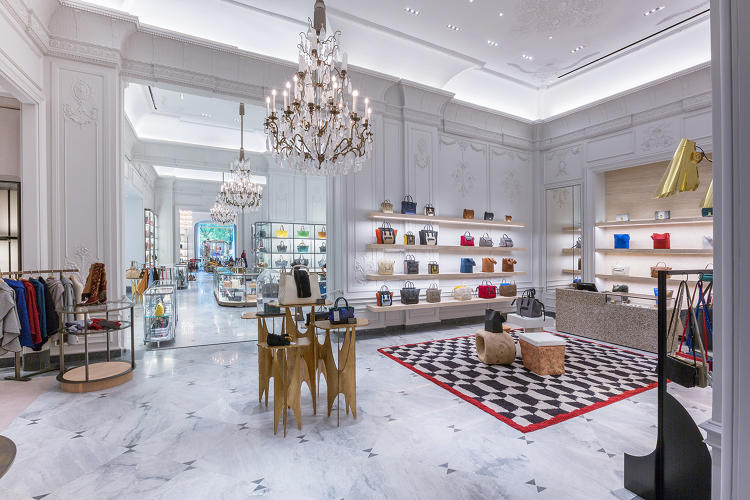
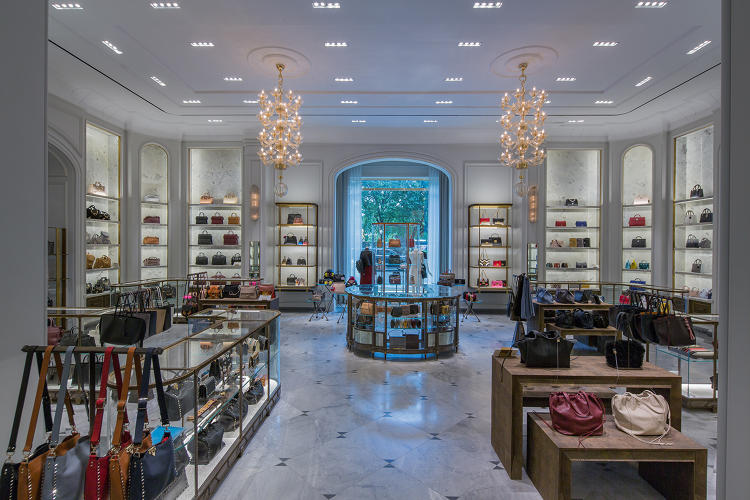
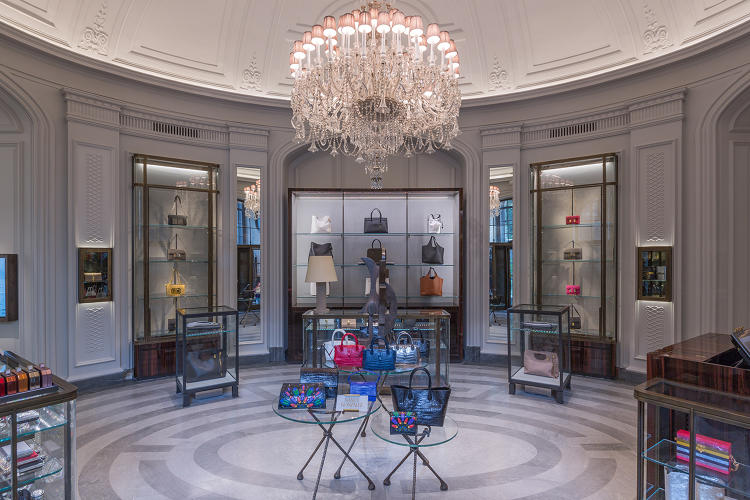
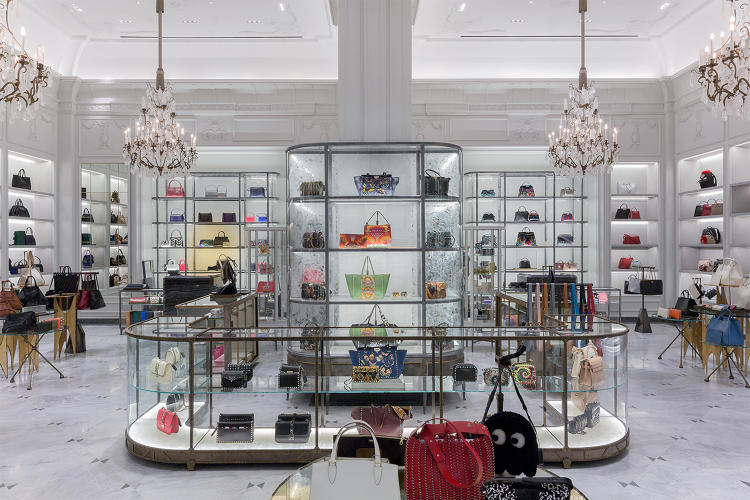
Fast Company , Read Full Story
(67)














